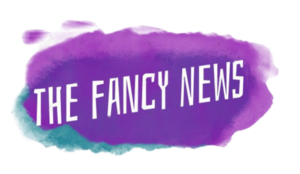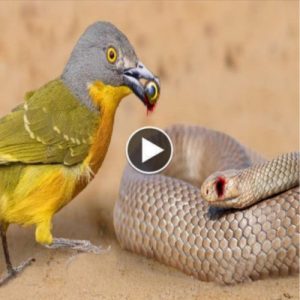In a small village in India, an ancient tradition has been passed down through generations, involving the act of bowing to a three-headed cobra. The villagers firmly believe that this practice brings them good luck and wards off evil spirits.

The origin of this tradition can be traced back to a time when the village was plagued by poisonous snakes, and the villagers were struggling to find a way to protect themselves.
Then, one day, a three-headed cobra appeared in the village and began preying on the other snakes. The villagers were amazed by the cobra’s power and saw it as a symbol of protection and good fortune.
Since then, whenever the villagers spot the three-headed cobra in the village, they bow to it as an act of reverence and gratitude. They firmly believe that the cobra bestows upon them good luck and safeguards them from harm.
This tradition has become an integral part of the village’s culture, and many families have passed it down from one generation to the next.
Despite the potential danger posed by the three-headed cobra, the villagers view it as a sacred creature deserving of their respect and reverence. To honor this unique being, they have even constructed a small shrine in the village where they offer various items to the cobra, such as flowers, incense, and food.

The tradition of bowing to the three-headed cobra has persisted for centuries and continues to be a vital component of the village’s cultural heritage.
While some outsiders might perceive it as superstitious or hazardous, the villagers see it as a means to connect with their ancestors and pay homage to the creatures that inhabit their environment.
In a world that is becoming increasingly homogenized, this community’s deep connection to its traditions and beliefs serves as a refreshing reminder of the power of culture and the importance of preserving our heritage for future generations.






